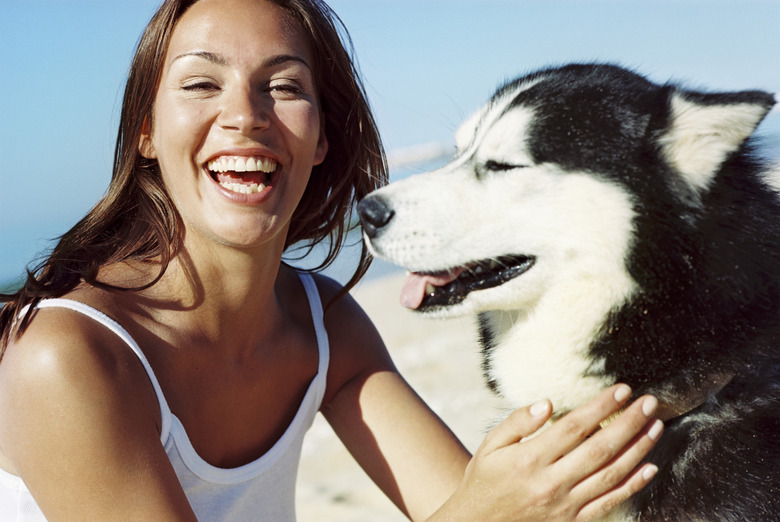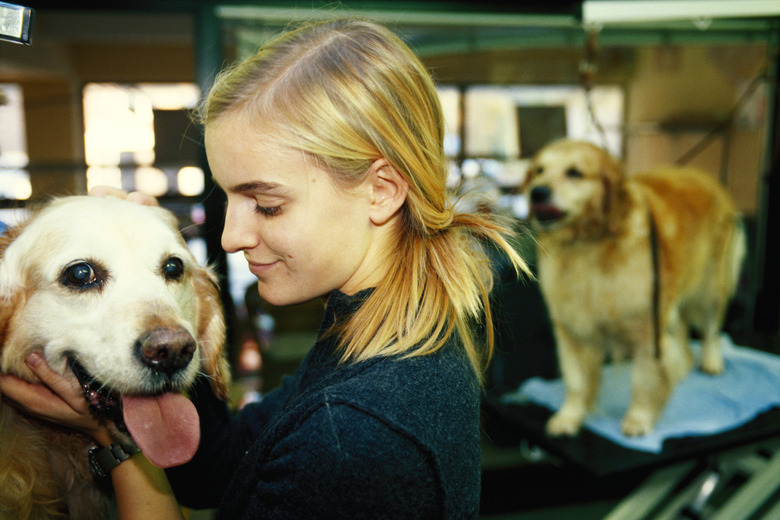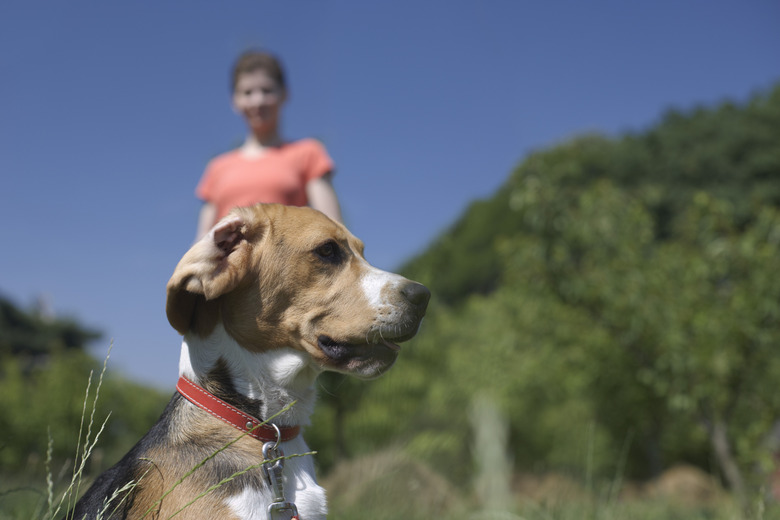Hair Loss Around The Face In Dogs
A healthy coat of hair or fur is a sign of overall health in a dog. Hair loss in dogs on the body or around the face is a sign of an underlying health issue. You should take note of hair loss and talk to your veterinarian to diagnose any skin problems or underlying disease. Prompt treatment helps to keep your dog healthy and happy.
The facts about dog hair loss
The facts about dog hair loss
Dogs have a hair growth cycle just like humans. A hair follicle is either growing hair, shedding hair, or dormant. It is normal for your dog to shed, but if your dog is losing hair in definite patches or bald spots, especially in a localized area, then there is probably something going on beyond the simple shedding of the dog's coat. Some common causes of hair loss around the face in dogs are mites, bacterial infections, or fungal infections.
Mange mites on my dog’s skin
Mange mites on my dog's skin
Mites are tiny insects that can live in a dog's hair follicles. Demodex is a type of mite that is normally present in a dog's hair follicles. If your dog is exhibiting hair loss around the face, neck, and ears, then they might have mange, like from scabies or from an overgrowth of demodex.
Different kinds of mites cause different forms of mange, some of which can be passed on to humans. For example, scabies can be transferred to humans, while demodex mites cannot.
Take your dog to your veterinarian's office. A skin scraping test can be done to determine which kind of mite is causing the hair loss, and treatment options can be selected. This could include an insecticidal wash as well as injected or oral medication. Some dog breeds with deeper hair follicles, like Shar Peis, might have negative skin scrape results (meaning you don't find the mite) because the mites are so deep in their follicles. These cases may need a biopsy.
Bacterial skin infections in dogs
Bacterial skin infections in dogs
A bacterial infection can cause skin irritation and hair loss. These infections are usually secondary to an underlying health problem, like environmental allergies. Skin symptoms can happen anywhere on a dog's body, including the face.
Folliculitis and pyoderma (hot spots) are caused by bacteria. These infections begin in the upper layers of the skin, and if left untreated, they can go deeper and cause more health problems.
Once your veterinarian has determined which bacterium is causing the infection, they can prescribe antibiotics. They can also treat the underlying causes to help prevent future infections.
Fungal skin infection in dogs
Fungal skin infection in dogs
If your dog is losing hair around their face, the problem could be caused by a fungal infection, like dermatophytosis that they picked up from the environment. Some symptoms of dermatophytosis, or ringworm, include:
- Small, round patches of hair loss or alopecia
- Red circular lesions on the revealed skin
- Inflammation and scabbing on the lesions in some cases
Ringworm is not usually itchy. This fungal infection is contagious and easily passed on to humans, so take your dog to the veterinarian right away. Depending on how extensive the lesions are on a dog, anti-fungal medication may be given orally or applied topically to clear the infection.Yorkshire terriers have a breed predisposition to ringworm infection. It can also be harder to clear the infection in this breed.
Other canine skin conditions that may cause hair loss
Other canine skin conditions that may cause hair loss
Your dog's hair loss around their face could be caused by allergies. If they are experiencing itchy skin because of allergies, they could scratch the skin on their face hard and long enough to scratch the hair away, leaving behind a bald patch. Some sources of allergens to consider include:
- Environmental allergies, such as pollen, grass, or mold spores
- Food allergies from dog food ingredients, such as chicken, beef, soy, or wheat protein
- Flea allergies, which are allergic reactions to flea bites
Seborrhea can cause either excessively oily or dry skin and can lead to hair loss around the face. This skin condition can be triggered by a range of diseases, including:
- Cancer
- Cushing's disease, which affects the adrenal glands
- Thyroid disease (hypothyroidism)
- Obesity
- Yeast infections on the skin
Some immune-mediated conditions, like discoid lupus erythematosus (DLE) or pemphigus foliaceus, can also cause hair loss on a dog's face.
The bottom line
The bottom line
Hair loss on a dog's face has several possible causes, including allergies, bacterial or fungal infections, and mange mites. In some cases, it can be a symptom of a more serious condition, such as cancer or Cushing's disease. Consult your DVM to identify and treat the cause of the hair loss as well as any underlying conditions.



